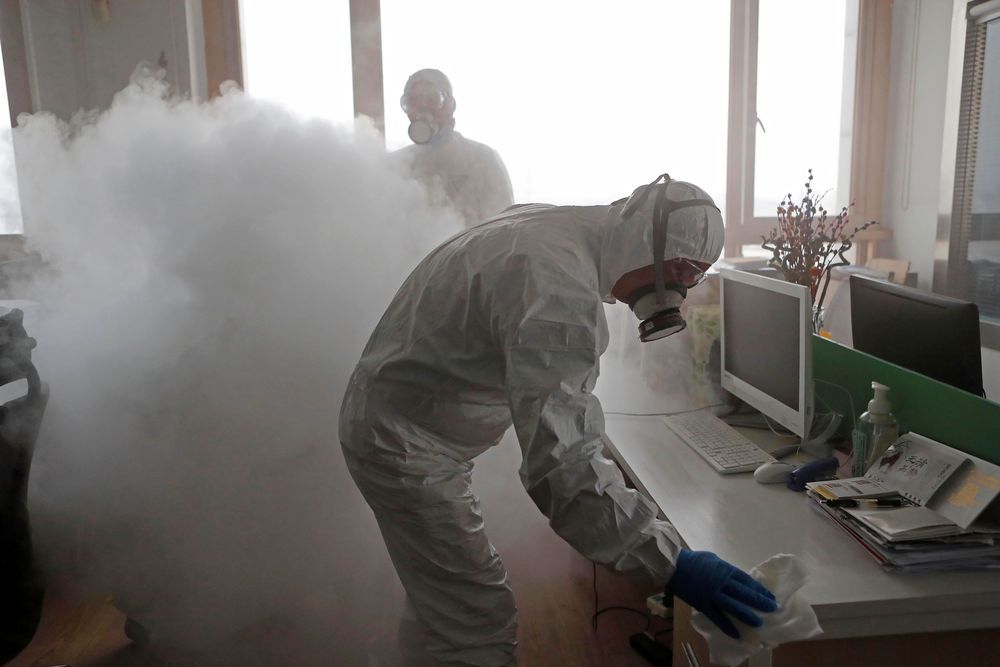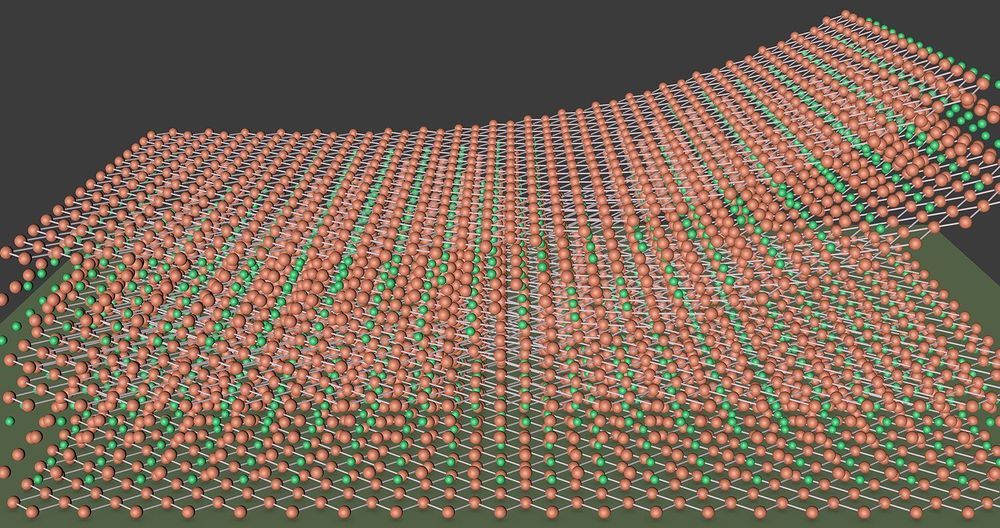It’s a ways off from use, but this dream could be a waking reality soon.



The Centers for Disease Control and Prevention said Wednesday it is preparing for the new coronavirus, which has killed at least 1,115 and sickened more than 45,000 worldwide, to “take a foothold in the U.S.”
“At some point, we are likely to see community spread in the U.S. or in other countries,” Dr. Nancy Messonnier, director of the CDC’s National Center for Immunization and Respiratory Diseases, told reporters on a conference call. “This will trigger a change in our response strategy.”

All the elements are there to begin with, so to speak; it’s just a matter of figuring out what they are capable of—alone or together. For Leslie Schoop’s lab, one recent such investigation has uncovered a layered compound with a trio of properties not previously known to exist in one material.
With an international interdisciplinary team, Schoop, assistant professor of chemistry, and Postdoctoral Research Associate Shiming Lei, published a paper last week in Science Advances reporting that the van der Waals material gadolinium tritelluride (GdTe3) displays the highest electronic mobility among all known layered magnetic materials. In addition, it has magnetic order, and can easily be exfoliated.
Combined, these properties make it a promising candidate for new areas like magnetic twistronic devices and spintronics, as well as advances in data storage and device design.




The rapidly falling cost of getting into orbit has spurred a boom in the space industry as a host of new applications become economical. Now a secretive startup plans to slash the cost to just $250,000 by flinging rockets into space rather than firing them.
Over the last decade, the pioneering work done by SpaceX has shown that getting stuff into orbit doesn’t need to be so expensive and that there are viable business opportunities to be had in the private space industry. Combined with advances in satellite technology, there’s now a thriving market for small, inexpensive spacecraft in low- E arth orbit doing everything from remote sensing to delivering broadband internet access.
But while costs have fallen dramatically, the cheapest option for reaching low-Earth orbit —a rideshare on SpaceX’s Falcon 9—still starts at $1 million, and launches only happen twice a month at best. California-based startup SpinLaunch says its technology will allow up to five launches a day for as little as $250,000.

An international collaboration between researchers at Deargen and Dankook University in the Republic of Korea, and Emory University in the United States, have published a prediction model for antiviral drugs that may be effective on 2019-nCoV.
The work is published in the article “Predicting commercially available antiviral drugs that may act on the novel coronavirus (2019-nCoV), Wuhan, China, through a drug-target interaction deep learning model” posted on the bioRxiv preprint server.
When an international team used an AI model to suggest available drugs that could be used against 2019-nCoV, the top candidates targeted viral proteinases.
You don’t need a big laser to make laser-induced graphene (LIG). Scientists at Rice University, the University of Tennessee, Knoxville (UT Knoxville) and Oak Ridge National Laboratory (ORNL) are using a very small visible beam to burn the foamy form of carbon into microscopic patterns.
Scientists record the formation of foamy laser-induced graphene made with a small laser mounted to a scanning electron microscope. The reduced size of the conductive material may make it more useful for flexible electronics.